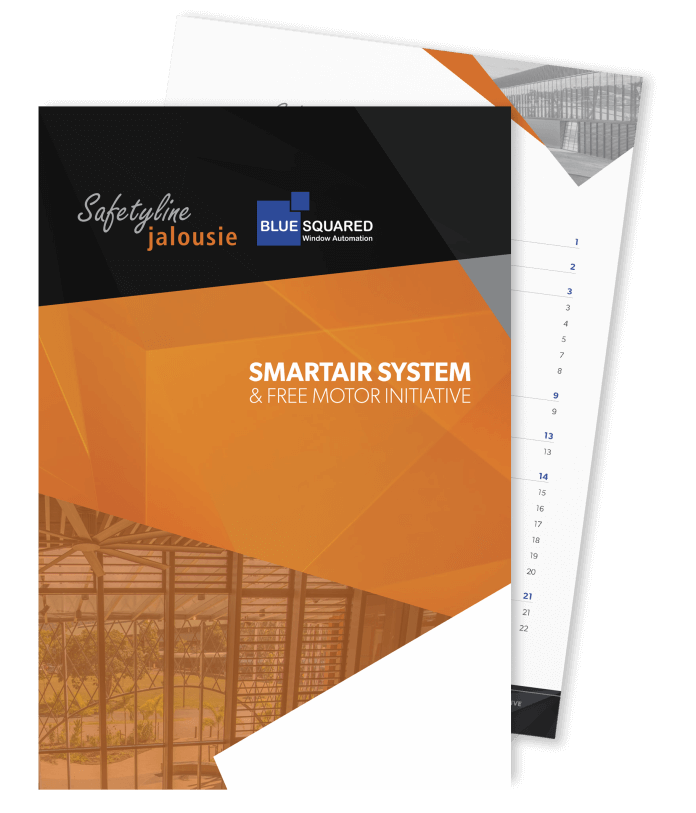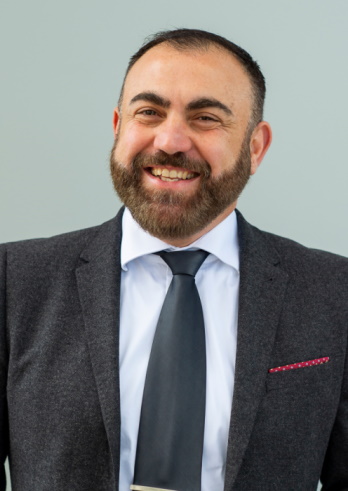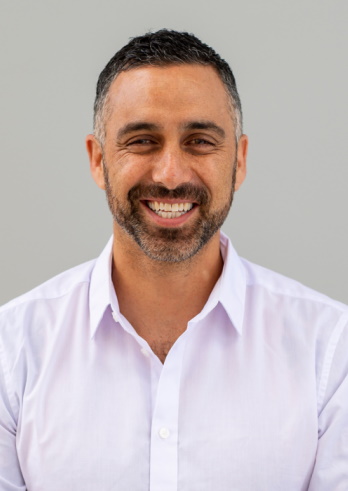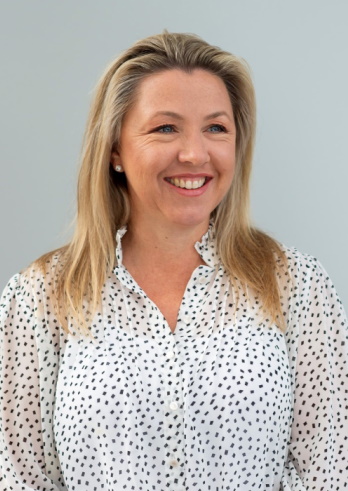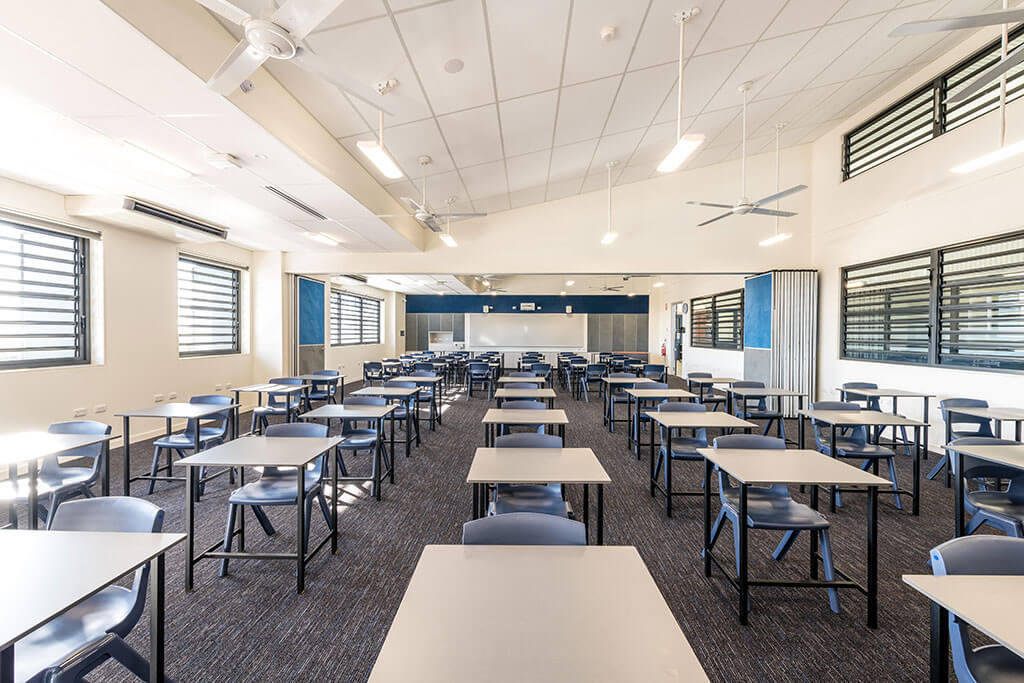
Air quality has a much bigger impact on academic performance than one might think. A good ventilation system can improve the productivity of both teachers and students.
When it comes to academic performance, people take many factors into account. Work ethic, habits, and even genetic predispositions play a huge role.
However, many people overlook one important aspect of performance – the physical environment. The surroundings that teachers and students are in have a large influence on their productivity.
This includes the state of classrooms and maintenance. It also depends on the quality of the HVAC systems.
Among these factors, ventilation plays one of the biggest roles.
First of all, poor air quality can cause many health issues. Students with a history of respiratory diseases are at a higher risk. Even those who haven’t suffered from any can notice a drop in their overall health.
As a result, their cognitive abilities can suffer greatly. Aside from absenteeism, they might suffer from a lack of focus. This leads to trouble performing everyday school tasks. Research showed that students in well-ventilated classrooms scored higher in math than if ventilation was bad.
Thankfully, there’s an effective solution to this problem.
Hybrid ventilation has proven to be one of the best ways for increasing air quality. Let’s take a closer look at them to see why this is the case.
What Is Hybrid Ventilation?
Hybrid ventilation is a new concept that an increasing number of schools are using. They use both mechanical and natural ventilation methods, which lets them get the most out of both.
Until now, there wasn’t an effective way of combining the two ventilation methods. Natural ventilation has only been possible by way of windows, ventilation openings, and chimneys.
Even though these methods work, extreme weather conditions prevent them from working all year long.
This is where mechanical ventilation becomes necessary. It’s a good way of cleaning the air in the classrooms, but the lack of natural air has always been an issue. Mechanicals systems produce suboptimal air quality and use a lot of energy.
Hybrid ventilation systems solve all the above issues. So how do they work?
When it comes to natural ventilation, hybrid systems support the flow of outside air. Depending on the design, there are many ways to do this. This happens during occupied hours. It ensures high air quality when students and teachers need it the most.
During unoccupied hours, the system switches to using a mechanical solution. The same goes for heating seasons, where natural ventilation wouldn’t suffice.
This ensures that energy consumption is minimal during optimal conditions. At the same time, the system handles indoor and outdoor conditions very well. This provides fresh air all year round.
No matter the design, every system shares common components. They usually include a fan, mixing box, and control system. Aside from this, they have ventilation intake and exhaust and a control interface.
To get the most out of it, the user needs to develop a good control strategy. They need to program the system to switch between the two methods in a way that ensures the best air quality throughout the year.
What adds to the usefulness of these systems is that they’re suitable for virtually every room. This is especially important for single-sided rooms which generally suffer from bad air quality.
Hybrid ventilation is becoming a standard in many schools worldwide. The main reason for this is its superiority over conventional solutions.
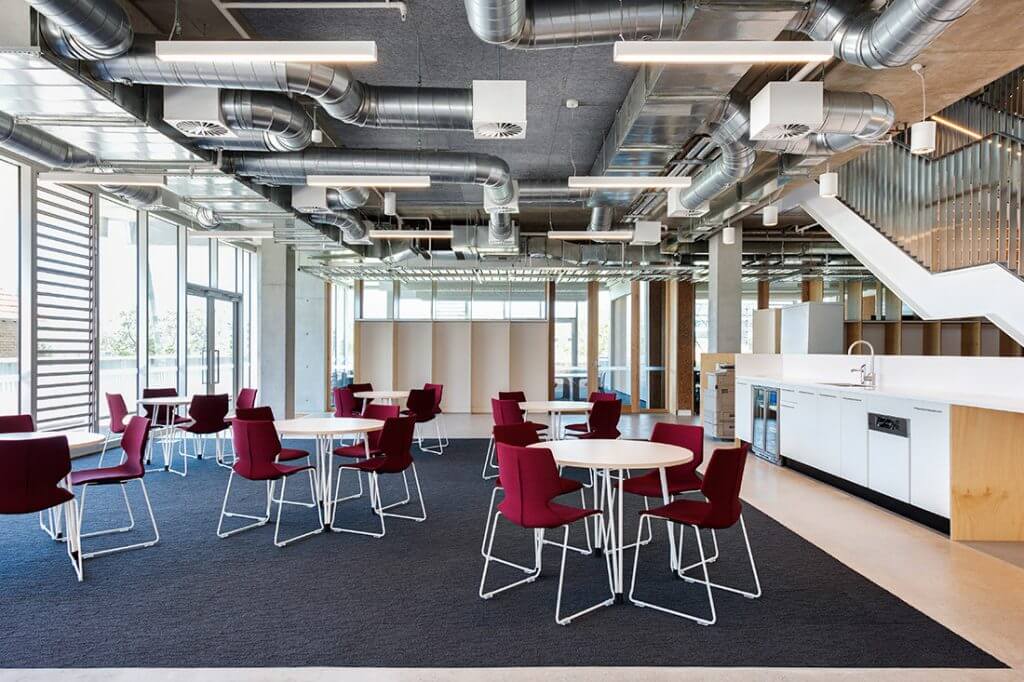
Benefits for Schools and Students
Hybrid systems can be beneficial to everyone. This includes students and staff, the school itself, and the environment.
They’re by far the most innovative approach to ventilation in classroom. Using new technologies, they ensure that natural and mechanical ventilators work together. There are many benefits to this, so let’s go over the main ones.
1. Low Energy Consumption
Hybrid systems can support natural ventilation for a large part of the year. During optimal weather conditions, the only thing that they do is ensure clean air by passive means. Passive as in they don’t use fans or other electrical contraptions to achieve this, which means that they use very little energy.
The most obvious benefit of this is lower ventilation costs. Mechanical systems usually consume lots of energy to deliver somewhat satisfying results. On the other hand, hybrid systems provide much better air quality at a fraction of the energy that mechanical systems require.
2. High Adaptability
One of the main things that make these systems superior to others is how adaptable they are. Once you get the hang of how to program them, they’ll ensure that the entire school can enjoy optimal comfort.
When the weather conditions are favourable, the system doesn’t need to do much to ensure clean air and optimal temperature. As the conditions change, so does the way the system works.
For example, when there’s little to no wind, the system will automatically turn on the fans to distribute clean outdoor air throughout the room. It will also ensure optimal temperature to add to the comfort.
As soon as the conditions are back to normal, the system goes back to relying on natural buoyancy and wind pressure for ventilation.
The same goes for room temperature and humidity. The sensors recognise the need for mechanical help. When they do, the system delivers the best air quality for the situation.
The two systems work together seamlessly without interfering with one another. This means the absence of excess ventilation loads which tend to happen with mechanical solutions.
Thanks to the design, schools can install hybrid ventilation in many different classroom. This means that no matter the structure of the room, a hybrid ventilation system can ensure fresh air.
Keep in mind that programming the system might take some effort. The control interface allows you to experiment with different settings until you arrive at what works the best. Once you have it set up, there’s really not much you have to do to get good air quality.
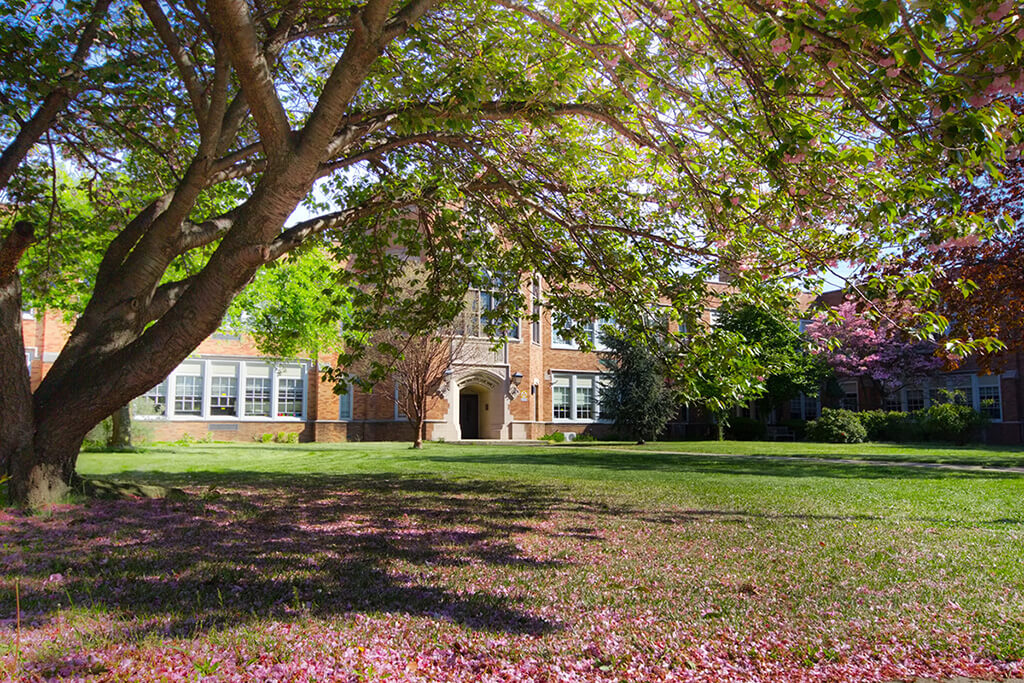
3. Environment Protection
One of the biggest issues of the modern world is a lack of eco-friendly devices and systems. We are only starting to see an increasing number of systems that are in alignment with the need for sustainable solutions.
Out of all ventilation systems, hybrid solutions are by far the most environmentally-friendly. The first reason for this is energy preservation. Relying on natural forces to ensure clean air is the best way to preserve the planet.
Even when they can’t ensure good air quality without power, hybrid systems use far less energy than mechanical ventilation systems. The fans require much less power on average while still delivering great results.
Using less energy naturally results in a reduction in CO2 emissions. Hybrid systems achieve this reduction in greenhouse gas while ensuring fresh air all year round in the occupied spaces.
4. Fresh Air for Students
Obviously, the end goal of every ventilation system is to provide clean air. Hybrid systems do this much better than all others.
The best way to ensure the finest air quality would be to go with a purely natural solution. Unfortunately, this is not possible in most places in the country. Hybrid systems come the closest to fulfilling this goal.
As mentioned, air quality can influence academic performance by a lot. This means that fresh air alone holds a variety of benefits.
First of all, fresh air promotes the production of serotonin. The higher the concentration of oxygen in the air that you inhale, the higher the amount of oxygen that reaches your brain. This higher serotonin production can literally make students happier, which can only result in higher productivity.
Another thing that fresh air does is that it sharpens the mind. More oxygen results in better concentration and mental clarity. This is one of the main reasons why students perform better in well-ventilated rooms.
Of course, another great benefit is better overall health. Fresh air strengthens the immune system, which makes students less susceptible to diseases. It also regulates blood pressure and heart rate, which gives students more energy.
All of this is hugely important since the school is one of the main places where young people spend their time. They might not be able to spend enough time outside to enjoy these benefits, so proper ventilation is necessary.
Of course, this benefits the school staff as well. When teachers have more energy, they’re likely to transfer their knowledge more effectively. All of this can result in a much higher collective performance.
5. Compliance with Regulations and Sustainable Development Strategies
Judging by the way things are moving, there’s a good chance that hybrid systems will become a new standard. Many programmes already promote them due to their many benefits.
The demand for sustainable technologies is on the rise, so these systems are likely here to stay for a long time. They check pretty much all the boxes as an innovative solution that’s beneficial to everyone.
This is why every school that uses this system will be a part of sustainable development. It’s only a matter of time before these systems replace the mechanical ones completely. There’s a chance that certain governments will even mandate their use at some point.
As you probably know, there are already regulations regarding thermal comfort and air quality. Hybrid solutions are in compliance with all of them and then some.
The Final Word
Now that you have an idea on the way hybrid ventilation works, you can see why it’s such a viable choice for schools. It improves academic performance and ensures that students can breathe fresh air throughout the whole year.
It’s also one of the most cost-effective ventilation solutions out there. The main reason for this is its low energy consumption. This makes hybrid ventilation system a smart investment in the future of every school.
The user gets to control pretty much every aspect of the way it works. This means that these systems can fit virtually everyone’s needs. After you understand the way programming works, you can ensure the best indoor comfort for the students and teachers.
When it comes to maintenance, most hybrid systems aren’t demanding. Aside from adding to the convenience, this can also reduce the ventilation costs.
Overall, hybrid ventilation systems can be a perfect solution for poor air quality in schools. Implementing such a system can make any school a much more productive and healthier place.
If you have any other questions about these systems, Safetyline Jalousie is here to help. Feel free to contact us and we’ll do our best to provide the answers you’re looking for.

